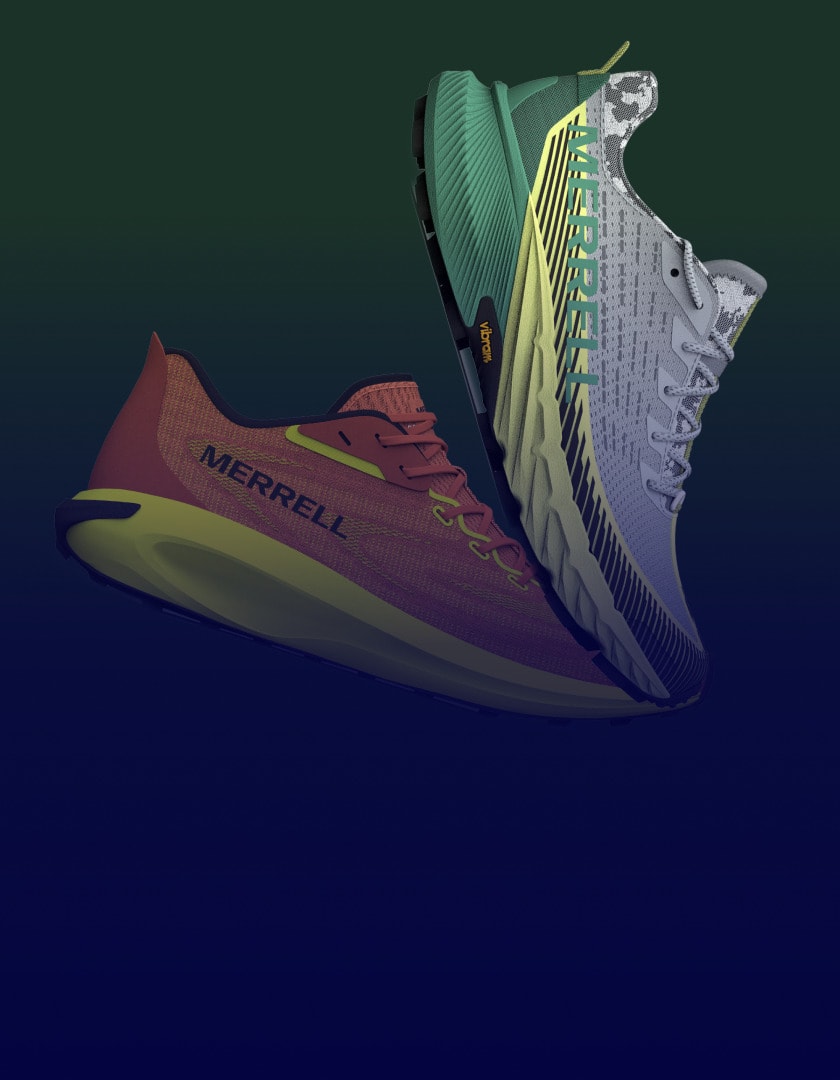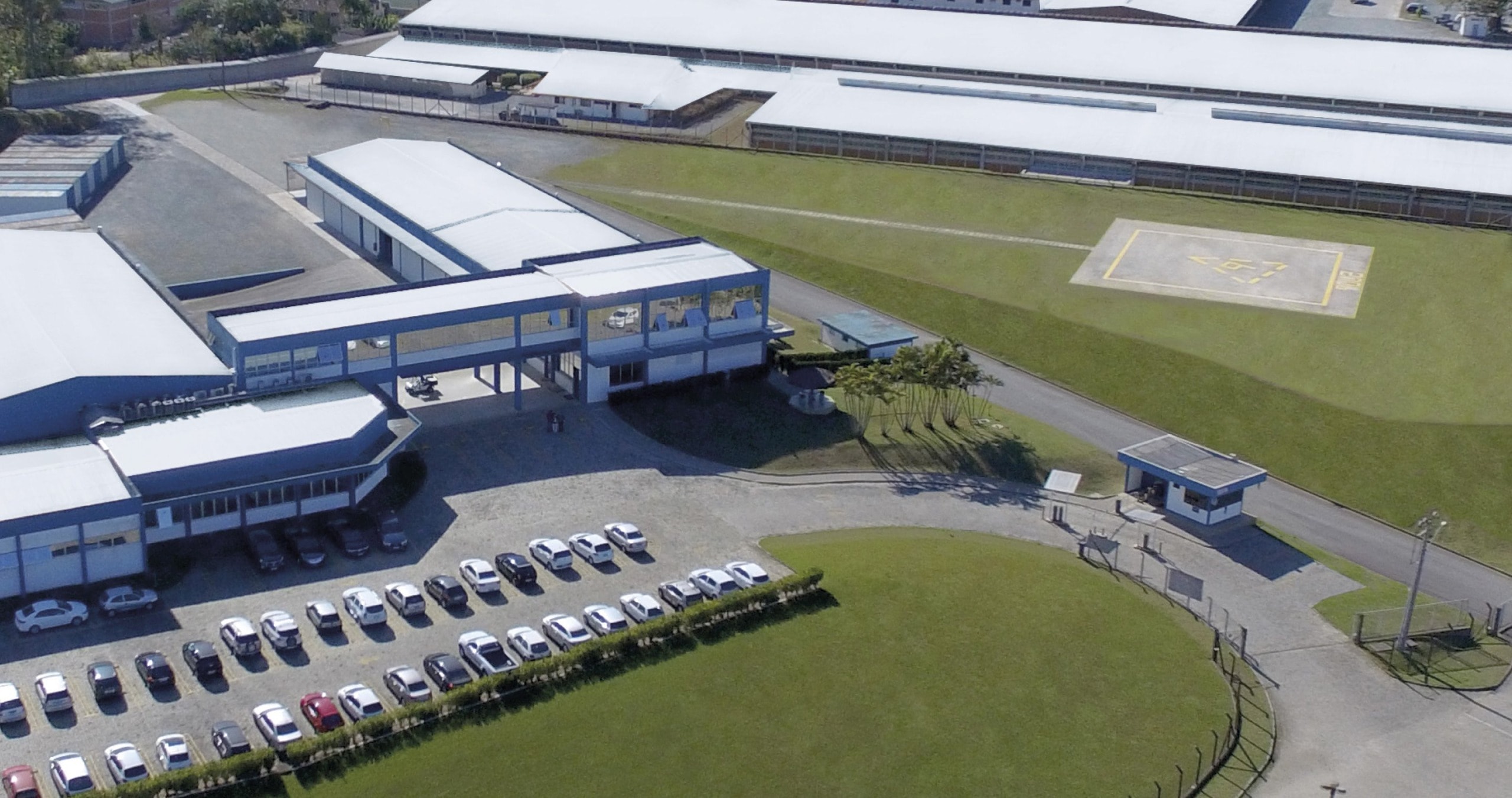Forward-thinking company Loghaus struggled to keep up with the ultra-fast-paced fashion market and DTC online retail. Choosing the right technology and partner to boost operations was no easy job either; it took Loghaus four long years to complete its PLM vendor evaluation process.
The tides turned when Kassin Thayana Dias, Business Manager of General Apparel at Loghaus discovered the power of Centric Product Lifecycle Management (PLM).

Innovation From the Beginning
Founded in 1983, Loghaus is known for its constant search for innovation to better serve consumers who prefer to shop from the comfort of their homes. One of the oldest direct-to-consumer (DTC) businesses in Brazil, Loghaus started to sell its products through mail order catalogs and distributors before the internet became popular. Today, Loghaus’ retail business in 100% online and the product portfolio is comprised of a variety of categories from women’s fashion to kitchenware, home textiles and more. The e-comm retailer develops 160+ collections a year for its six brands, such as Quintess, Quatro Estações, Bonprix and Marguerite, as well as other third-party brands.
100% of the collections are developed for direct-to-consumer sales, online or through catalogs, by 700+ internal team collaborators and 100 suppliers in the textile area alone.
Racing Against Time
To say that today a fashion retailer needs to be agile and fast is an understatement. The Loghaus product development teams were working on a mix of spreadsheets and an unfinished in-house system that was not scalable. The lack of configurability, the increasing complexity of bringing collections to market and the ever-growing number of products and categories made it impossible to bring the solution to a point where it would meet team needs and objectives. “We have a very lean team for the number of products we develop, and we couldn’t properly track the progress of collection development. Our deadlines were getting pushed out and we were missing opportunities to put relevant products in market,” says Thayana. She continues, “We are an exclusively online company—our collections are 100% developed for online sales, so we needed to shorten that time.”
Loghaus struggled with highly disparate and disconnected systems: product data was scattered in outdated repositories, spreadsheets, staff e-mail boxes, on people’s computers or even on papers spread around the office. This resulted in constant delays, launch deadline extensions, a lack of efficiency and unhappy teams.
Product development involves a number of different departments and for Loghaus this meant many teams across the company were bogged/slowed down by:
- Time wasted emailing the latest product specifications
- Uncertainty about the status of projects, priority and important tasks
- Spending hours (even days and weeks) updating information and reports for management
- Manual data input – taking away time better spent on strategy and creativity, while also increasing costly risk of error

Using Excellence as a Reference
After thorough research and benchmarking of several PLM solutions, the online retailer selected Centric PLM™ and 3 mobile apps in order to gain end-to-end visibility and a detailed view of the collections as well as accelerate time-to-market.
Only 6 months after implementing Centric PLM, the results are indisputable. Thayana states, “Before PLM, our time-to-market was 160 to 180 days. We have already reduced it to 145 days for several brands and 120 days for the Bonprix brand after implementing Centric PLM. Our goal is to accelerate time-to-market to 90 days (a 50% reduction).” The team is already more than halfway there.
Centric Software’s extensive fashion expertise was one of the main factors in Loghaus’ decision to select Centric PLM after concluding its supplier evaluation process. Thayana explains, “We had already chosen a different system, but we saw an article about the results of a large Brazilian retailer and went after the system they were using.” She continues, “We selected Centric for the number of markets and categories it serves and to be able to upgrade our solution and the opportunity it gives us to always have up-to-date, modern technology. As Centric Software is a worldwide company and technology is constantly evolving, we know that the software is continually updated and improved to meet the new needs of the industry. For example, Centric has an integration with Teams, which is a tool we use a lot for remote work.” Centric PLM is market-driven and based on industry best practices—the result of years of experience partnering with the world’s leading fashion brands, retailers and manufacturers. Centric PLM introduces 2 major and 2 minor product releases a year.
“A big gain that we will have is in the final product review phase, because it was a stage that took us many days, and now, I believe we will be able to do it in one day.”
Recovering Wasted Time
Centric PLM is configurable, meaning that the base platform already exists, but the interface and functions are configured to Loghaus’ needs and that of the users. To scale, it is important to be agile. Centric Software’s specialized implementation teams—with deep domain expertise in the fashion and retail industries—forged an implementation plan together with the Loghaus users to ensure an easy-to-use and intuitive experience.
Daniela Spiess, Collection and Supplier Management Analyst at Loghaus, says, “The implementation was very intense because we wanted to launch as soon as possible, but it was also very smooth because the whole team received internal support for this project. Every week we managed to achieve the implementation plan goals due to the ready support of the Centric team, the internal PLM Project Manager, and team collaboration—it was a set of actions that made all the difference.”
6 months into it, Loghaus has seen a quick and high user adoption rate of Centric PLM. Both internal company departments and suppliers are using PLM to integrate all product information—from the fabric raw material, fit and final product review, technical sheets, type of thread and print, to the final product photo. This speeds up product development, which is a way to get closer to the customers with the right products at the right time. Thayana mentions an example of time savings, “A big gain that we will have is in the final product review phase, because it was a stage that took us many days, and now, I believe we will be able to do it in one day.”
New to Centric PLM? Learn more
What is Centric Pricing & Inventory? Learn more
What is Centric Market Intelligence? Learn more
Centric Visual Boards Learn more














